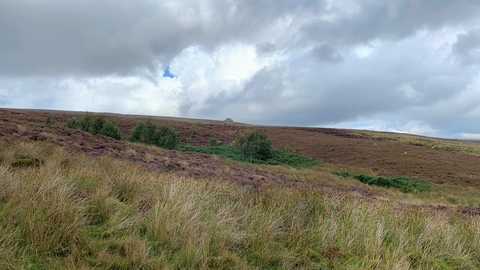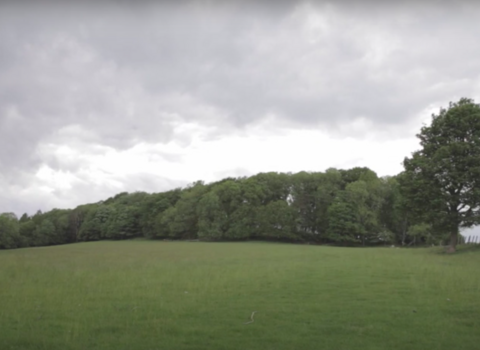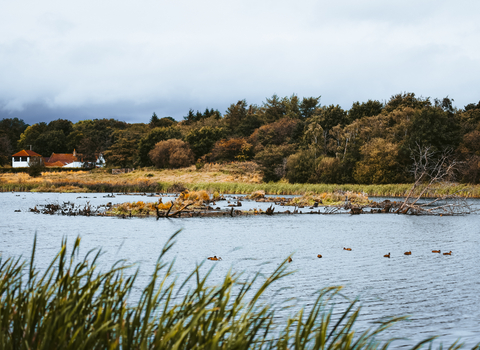Location
Know before you go
Dogs
When to visit
Opening times
Cuthbert's Moor is an extremely sensitive site because of the ground nesting birds. Durham Wildlife Trust will be organising special visits for members to experience this beautiful upland environment. See our 'What's On' page for updates.Best time to visit
Please see 'What's On' page for organised trips to this reserve.About the reserve
Set at the heart of the Durham Dales on the eastern edge of the North Pennines, Cuthbert’s Moor lies within the North Pennines Area of Outstanding Natural Beauty (AONB). A part of the much larger Teesdale Allotments (SSSI). Teesdale Allotments SSSI forms part of an extensive area of enclosed moorland and rough grazings, on the north side of the valley of the River Tees, and are of national importance for their breeding bird assemblage.
Across the wider SSSI, the bird community includes, lapwing, snipe, redshank, curlew, golden plover and black grouse, all species which are declining nationally due to changes in land use, particularly agricultural intensification.
In terms of breeding wader densities, the populations in the Teesdale District of Durham are the most significant in the uplands of England, and the Teesdale Allotments are amongst the most important areas for these birds.
Teesdale Allotments consists of a diverse range of upland vegetation types over an altitudinal range of 340 m to 590 m which includes wet acid pastures, mire and heather communities and a small number of hay meadows generally within large enclosures adjacent to the moor edge. The extensive nature of livestock production on this land and management for game, has resulted in the current species assemblages and the particularly high densities of waders.
The habitats on Cuthbert’s Moor are representative of the wider Teesdale Allotments, with all but upland hay meadow present. Around one sixth is wet heath and peatland habitat containing sphagnum mosses, bilberry heathers and cotton grasses.
The steep eastward facing slopes are characterised by a drier heath community of ling, bilberry and matgrass. This forms a mosaic of heath and grassland habitats.
To the east of the road, a small area of in-bye grassland is seasonally wet and contains areas of wet grassland and small sphagnum pools.
The mix of heath and grassland habitats support birds including lapwing, snipe, redshank, curlew and golden plover, short-eared owl and black grouse.
A series of sikes (a small stream) run from the moor eventually joining the Eggleston Burn a tributary of the River Tees.
Species
Contact us
Environmental designation

Durham Wildlife Trust was able to purchase the land previously known as Horden Allotment thanks to a generous donation from an anonymous donor through the Charities Aid Foundation (CAF). Having heard the land was for sale, and used for commercial grouse shooting, the donor wanted to ensure it would be preserved for wildlife and environmental conservation instead. CAF reached out to Durham Wildlife Trust to offer to fund the land purchase on behalf of the donor and facilitated an £850,000 donation. The land was renamed Cuthbert’s Moor, a name chosen by the donor as a nod to St Cuthbert who is associated with Durham and hailed as an early conservationist. Legend has it that those who harassed or ate his beloved eider ducks were struck down by Cuthbert’s curse!






